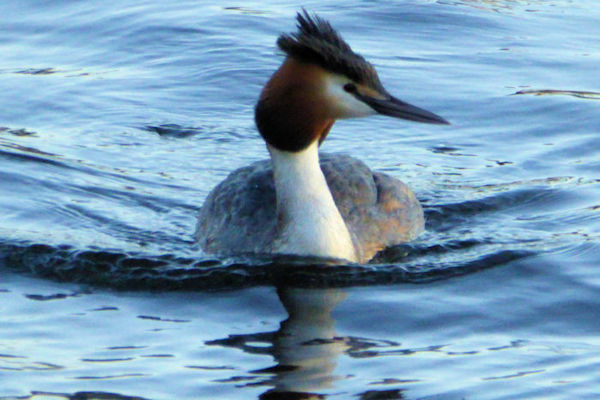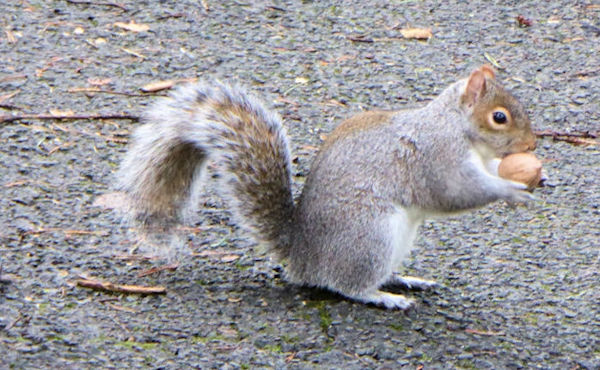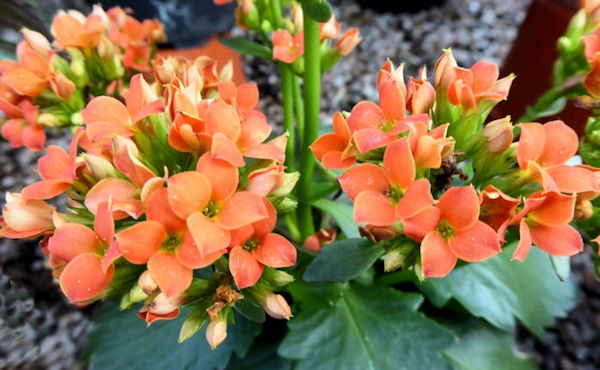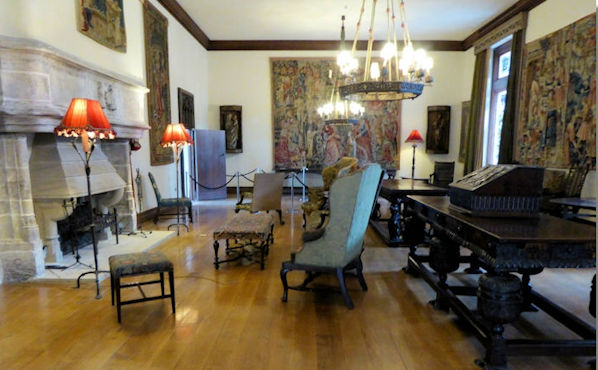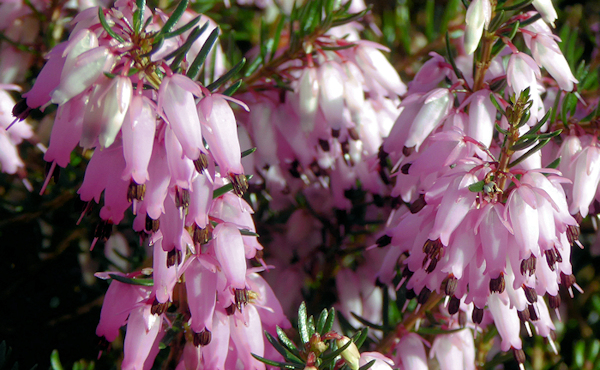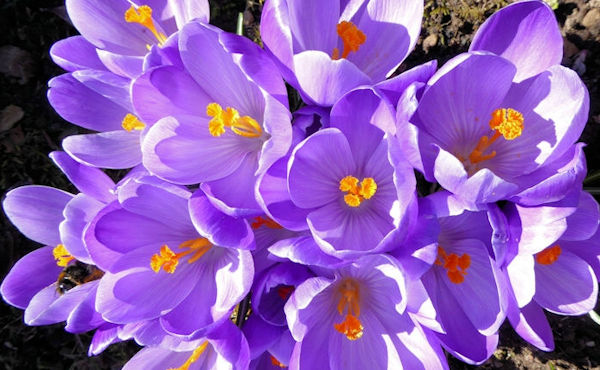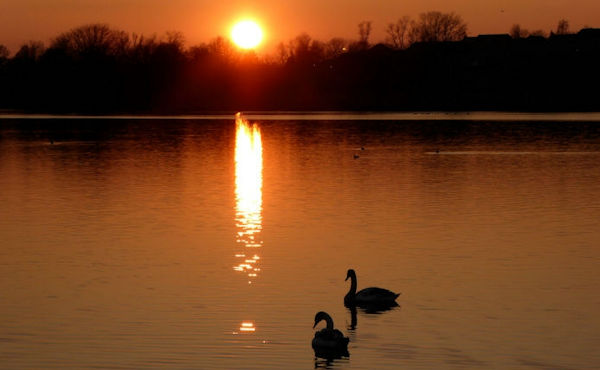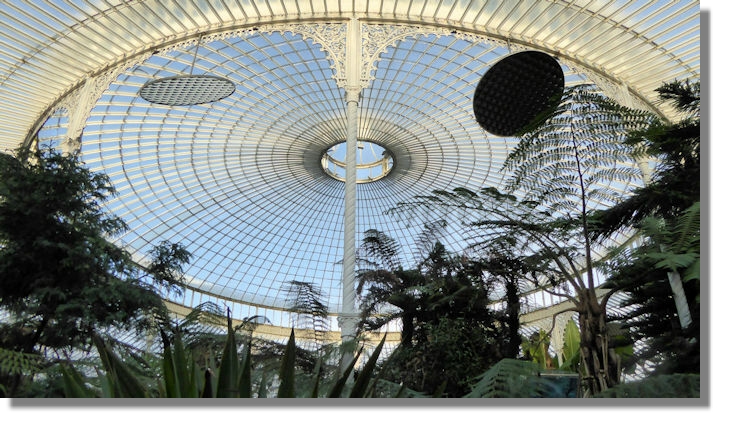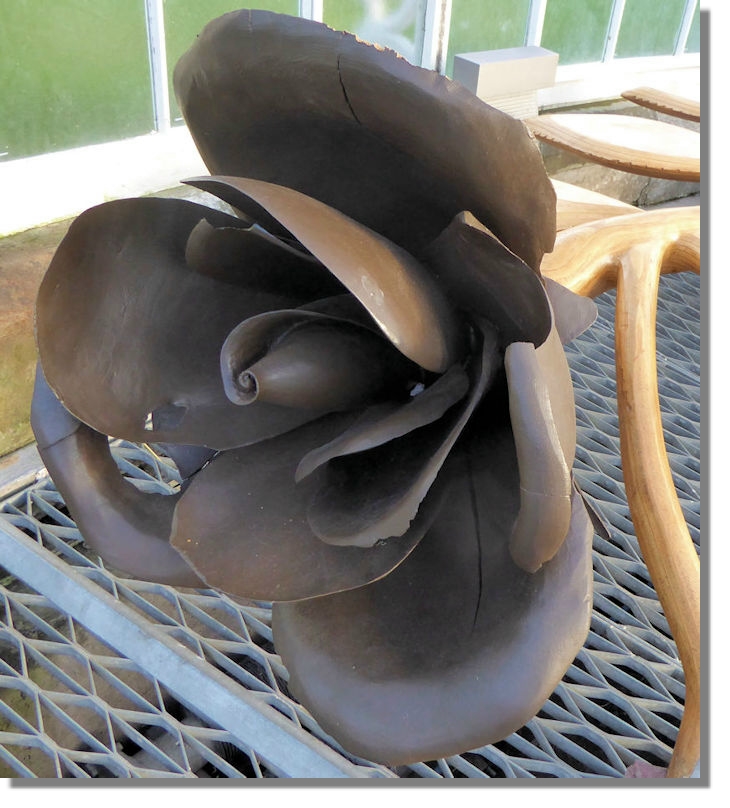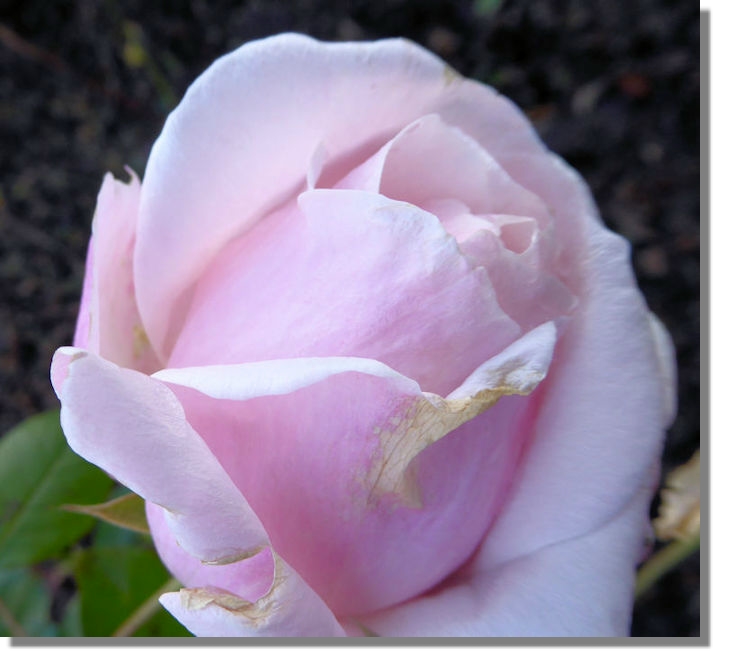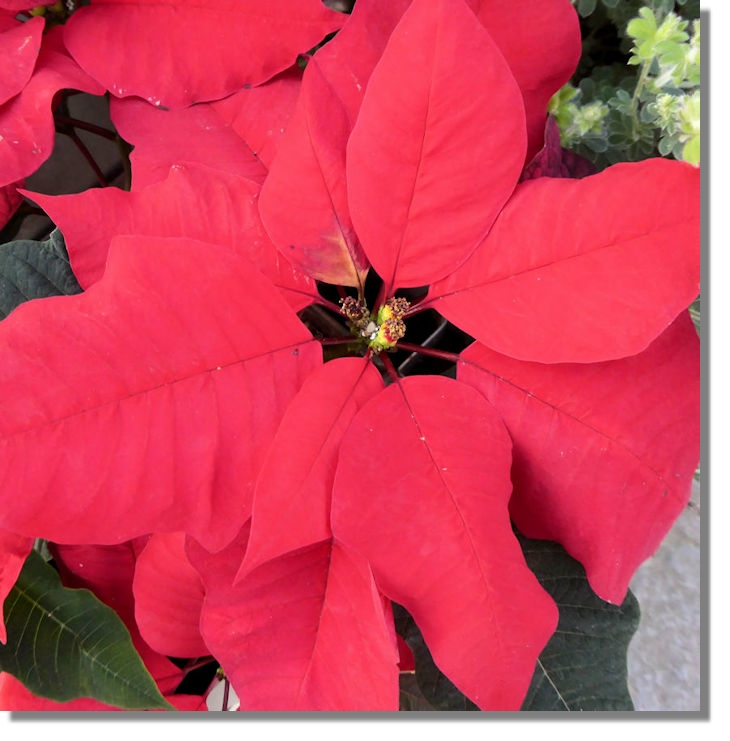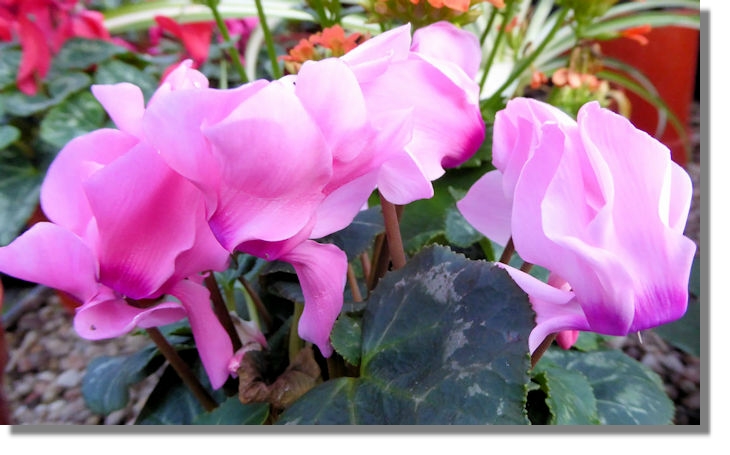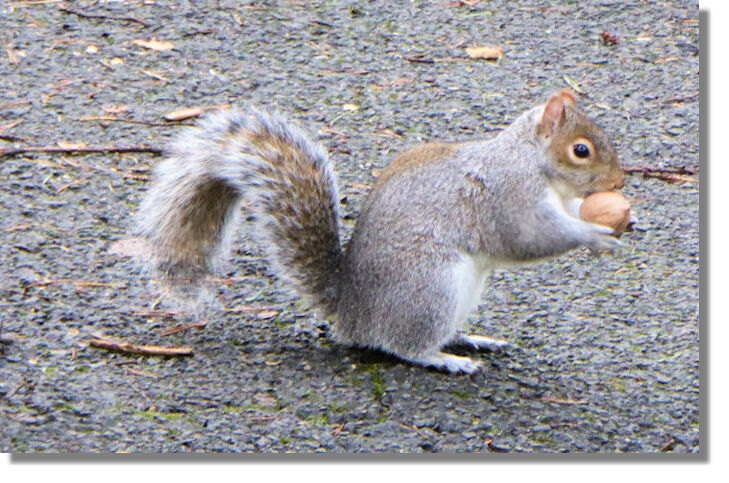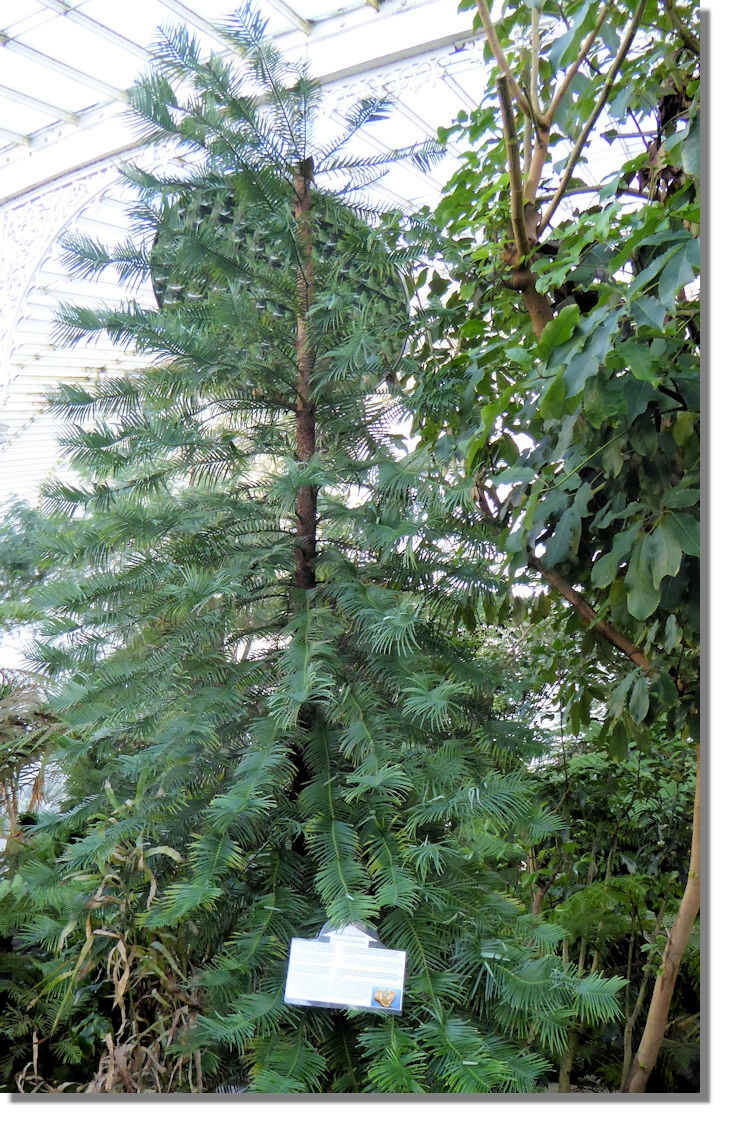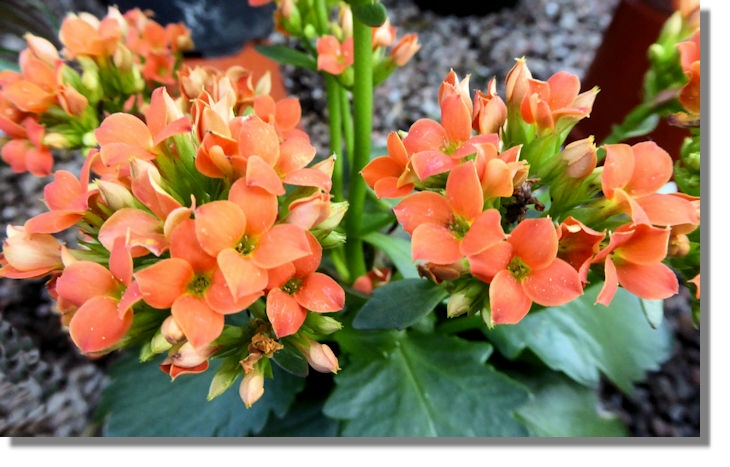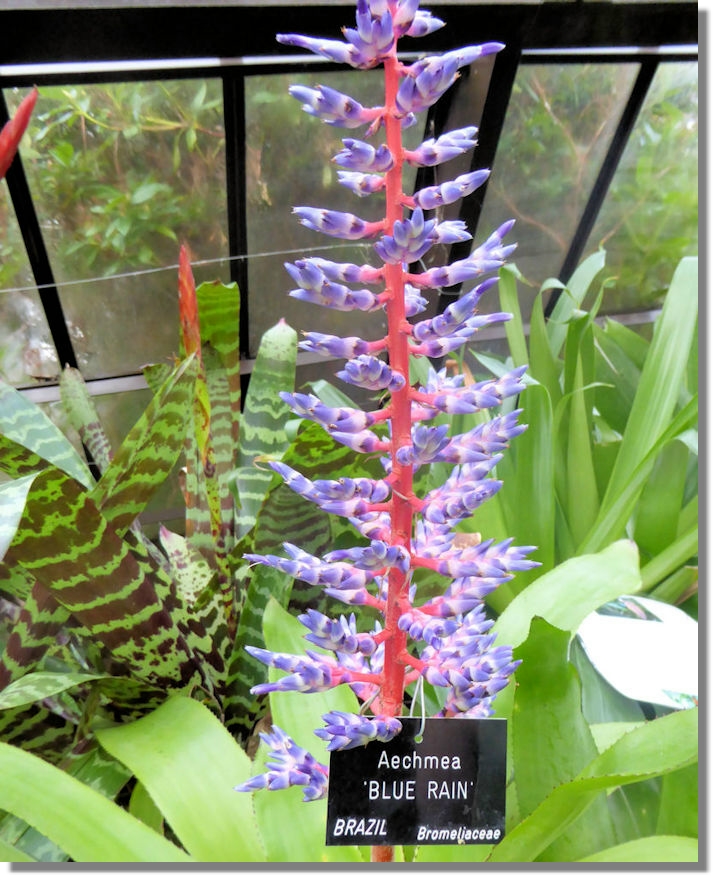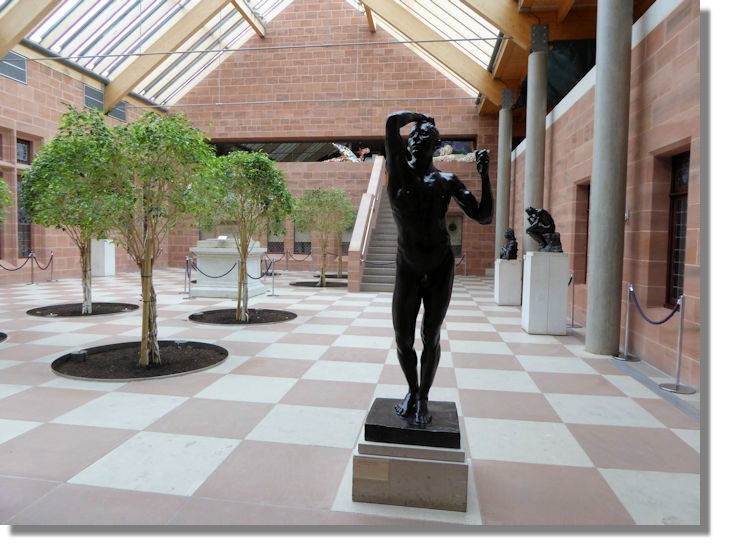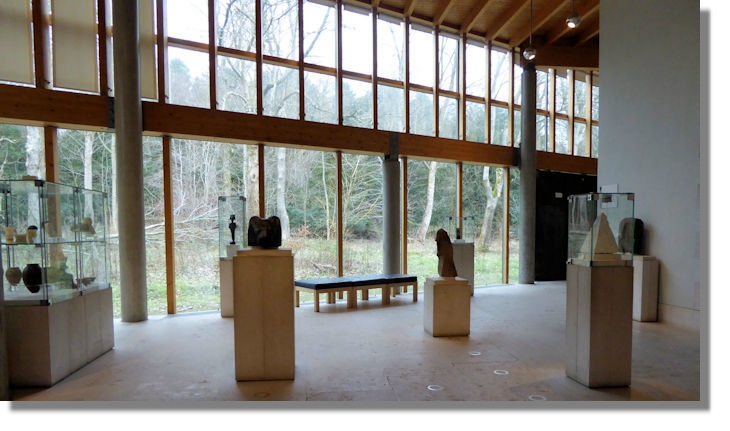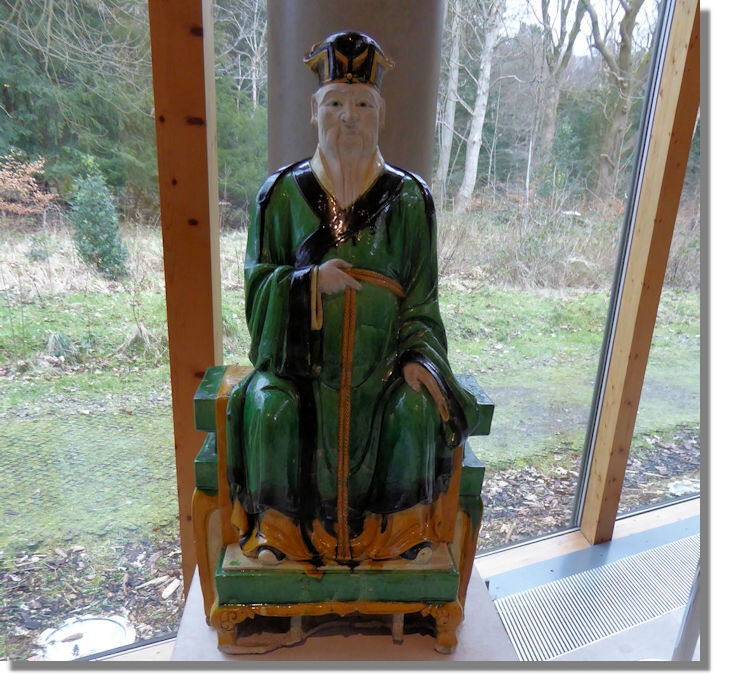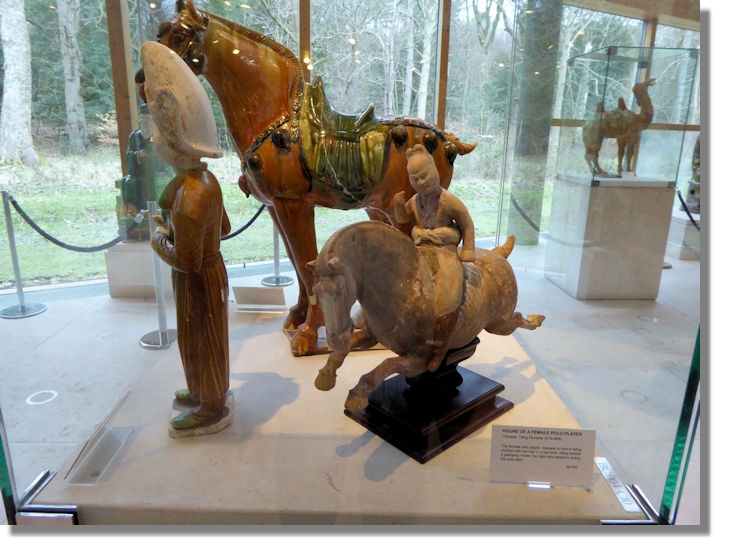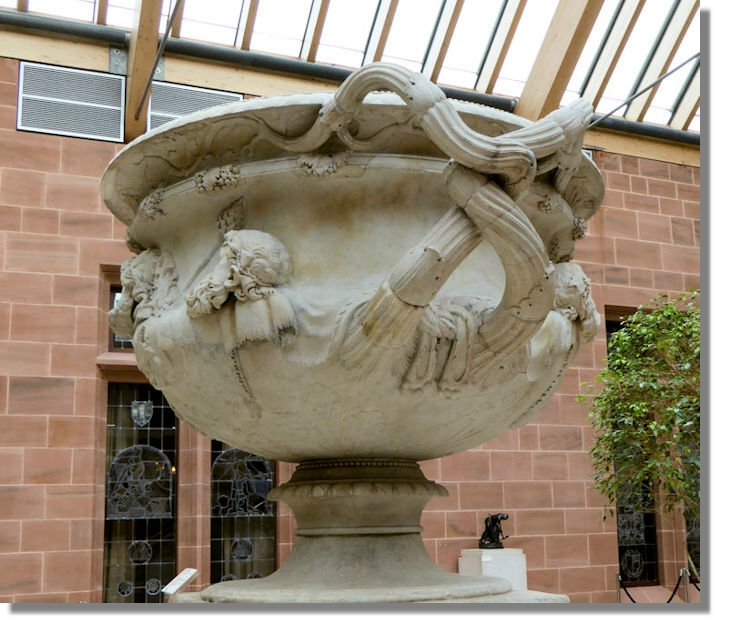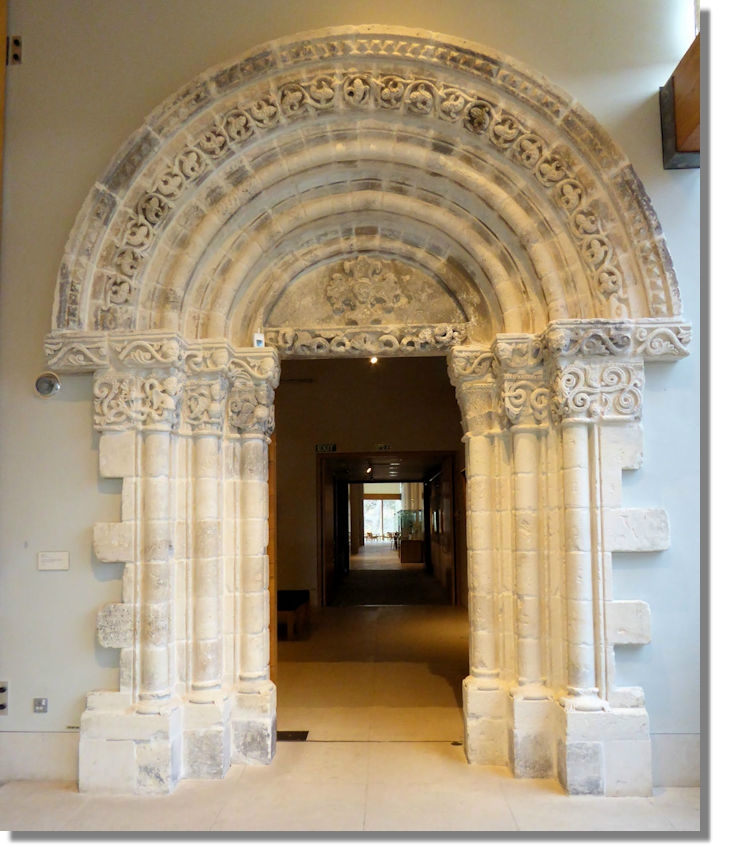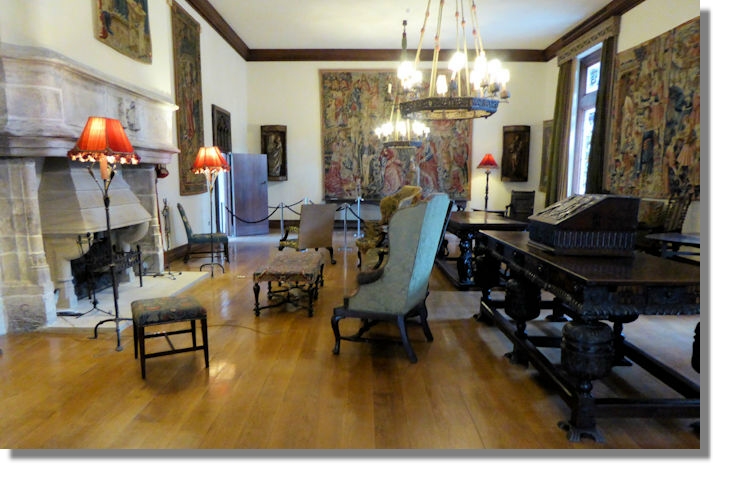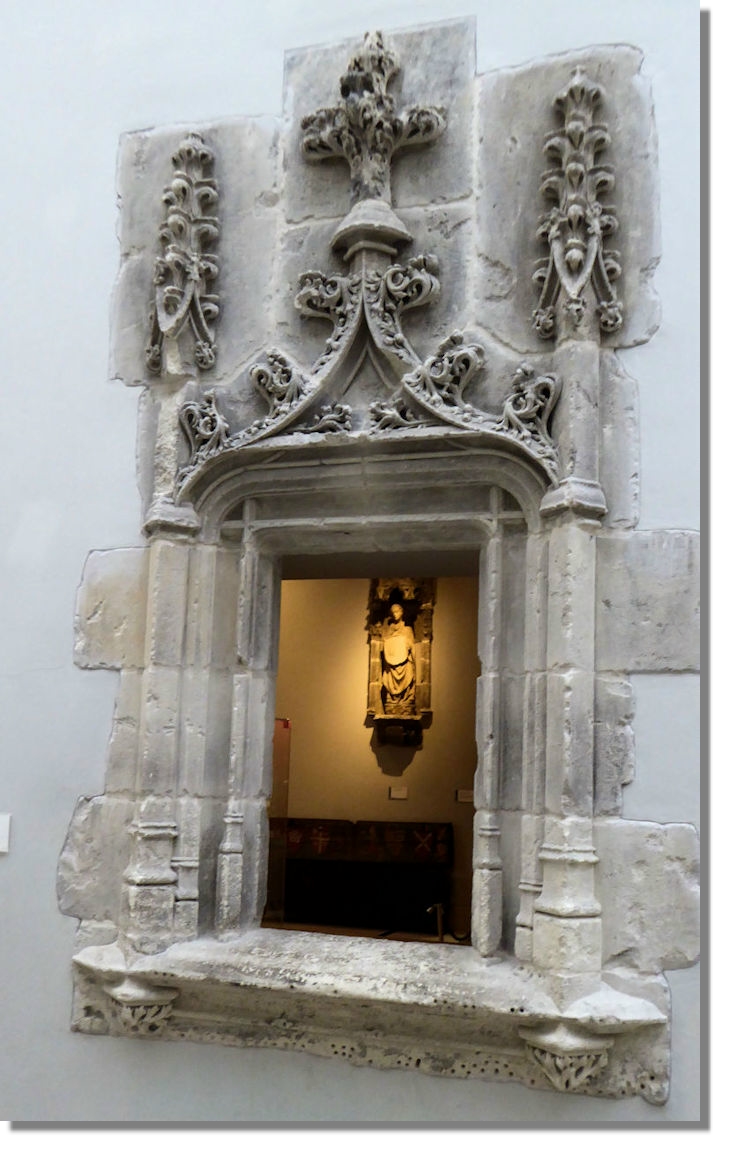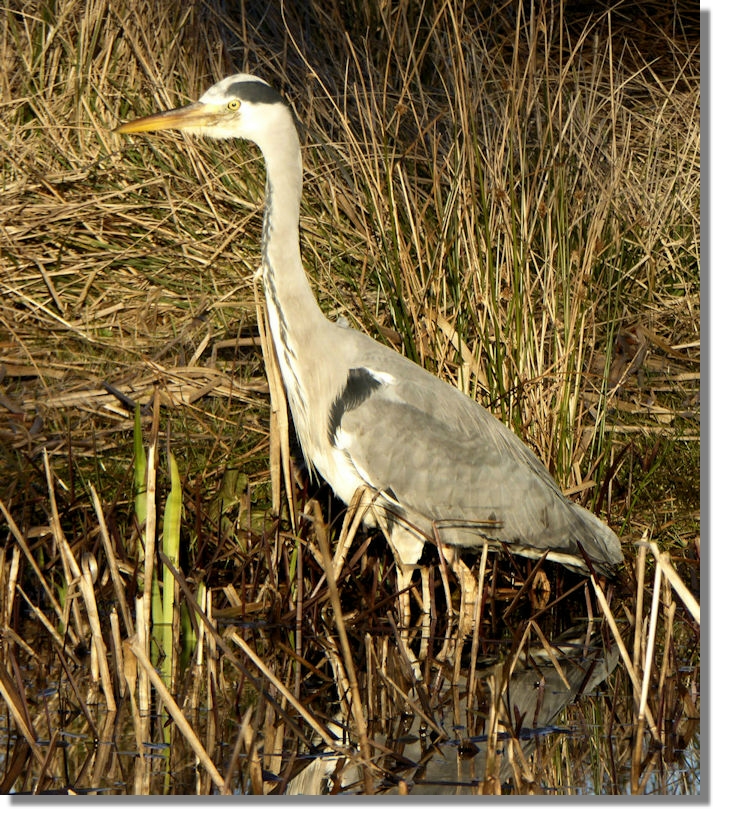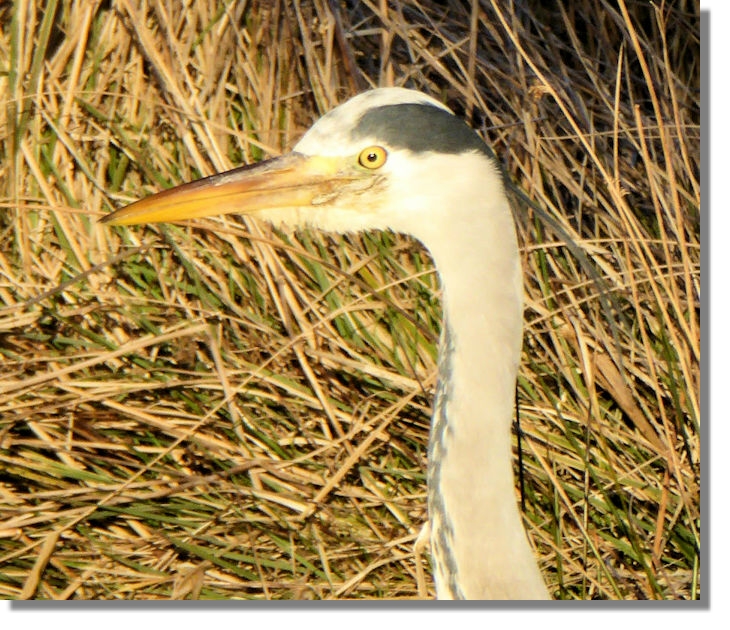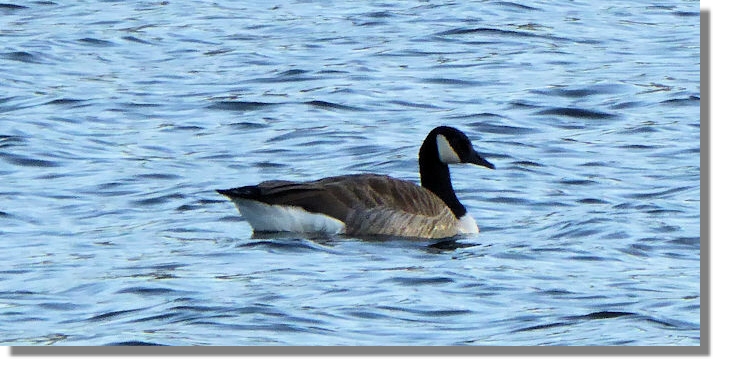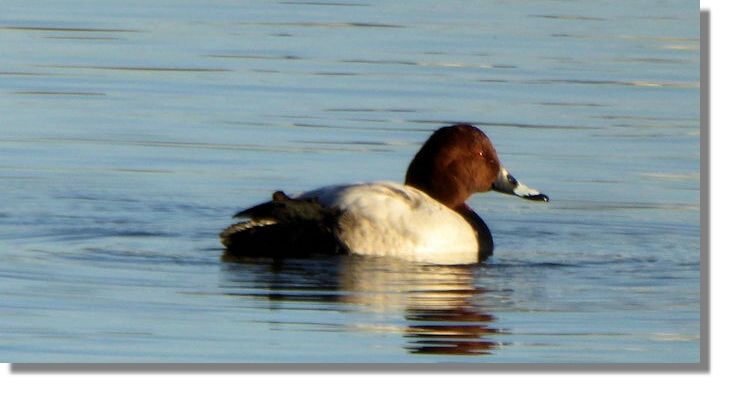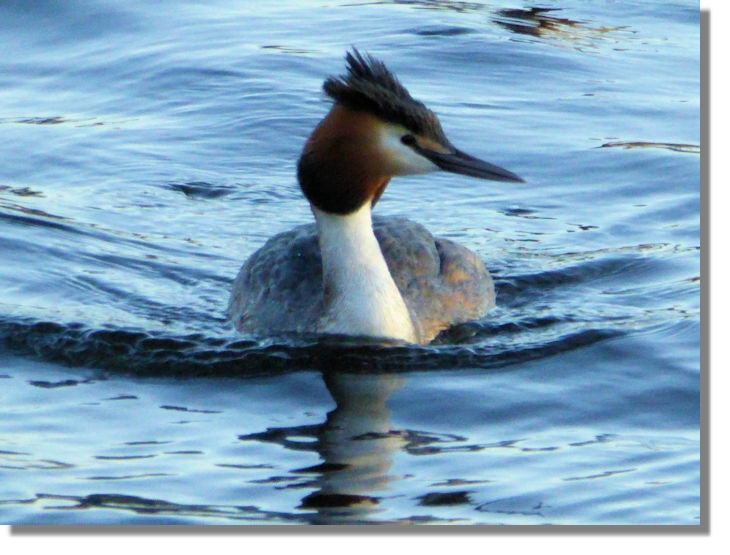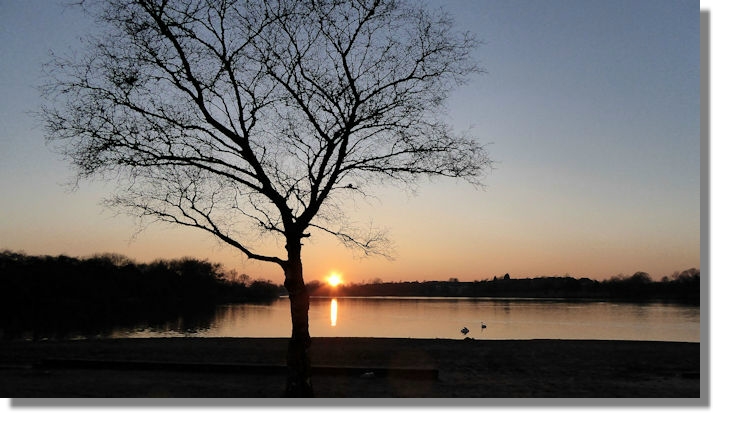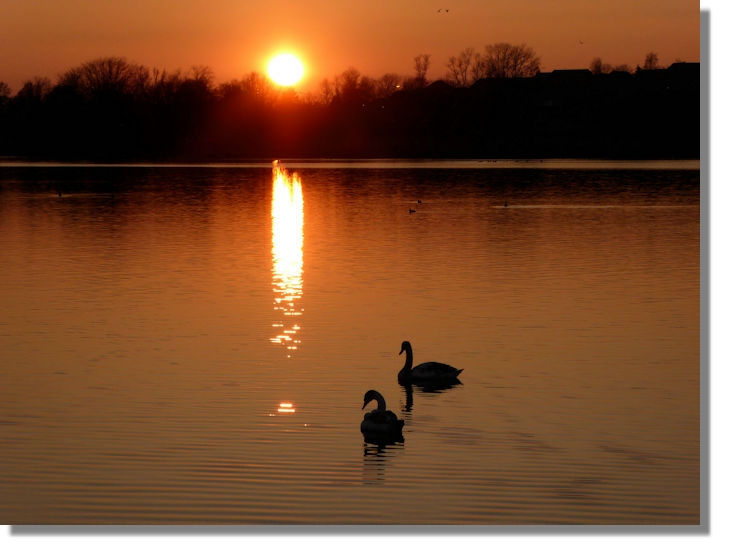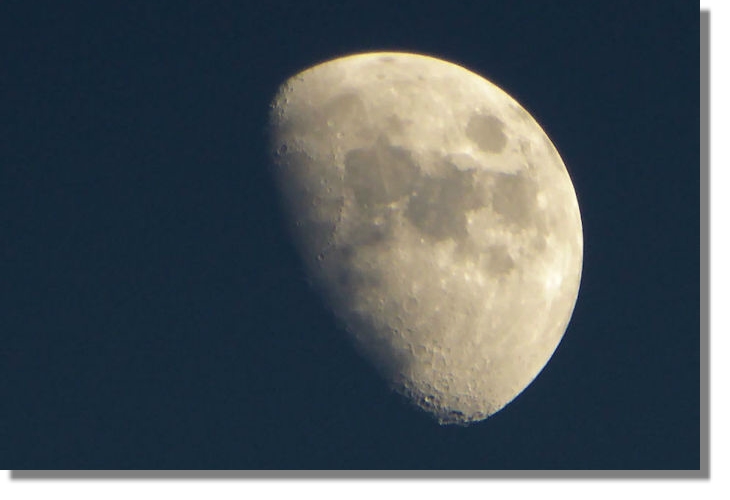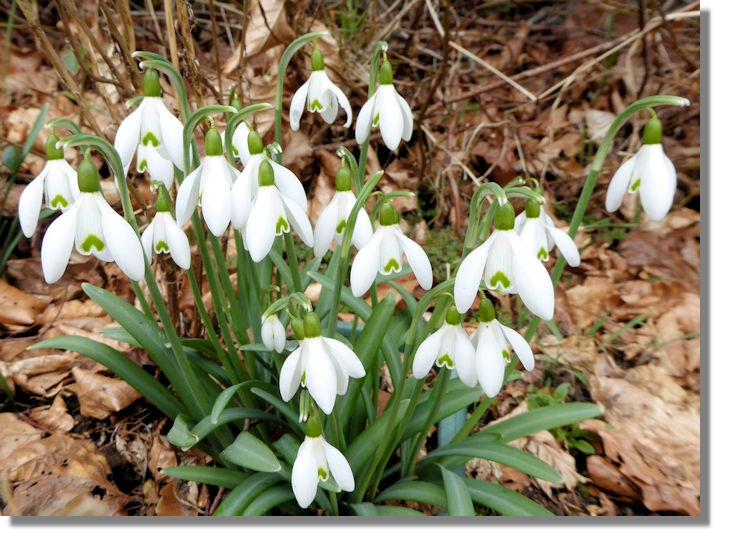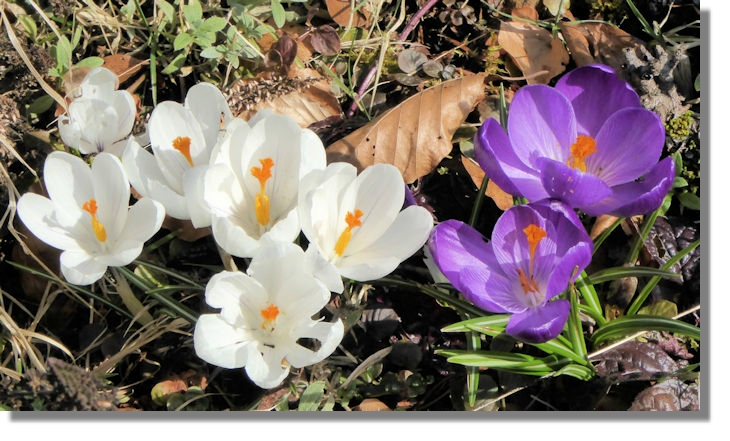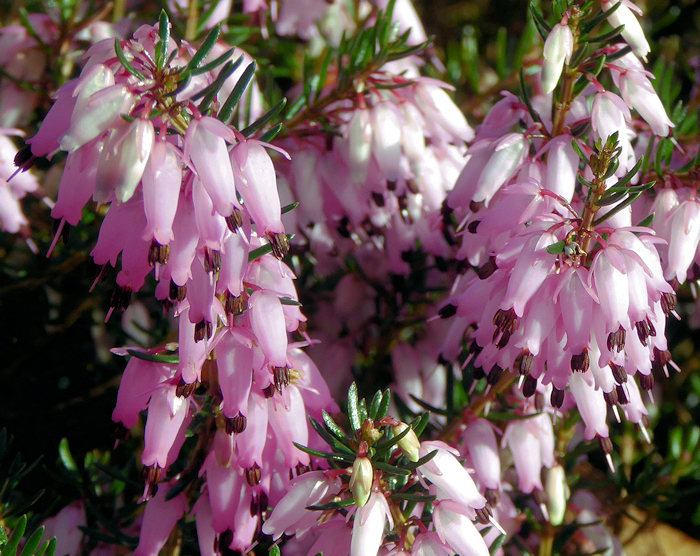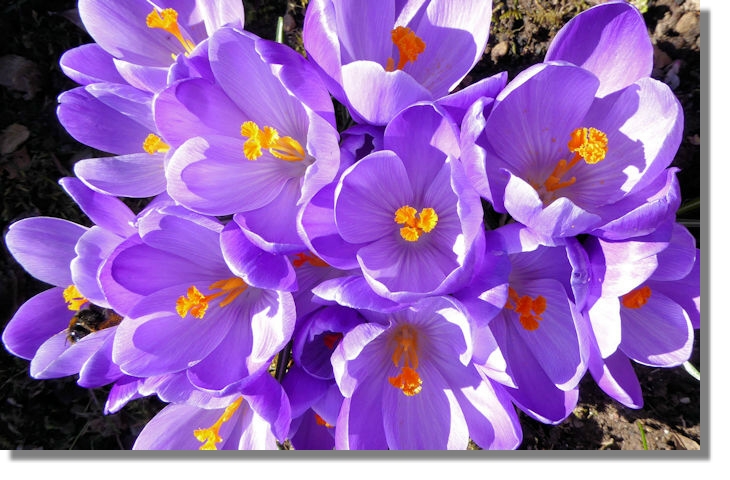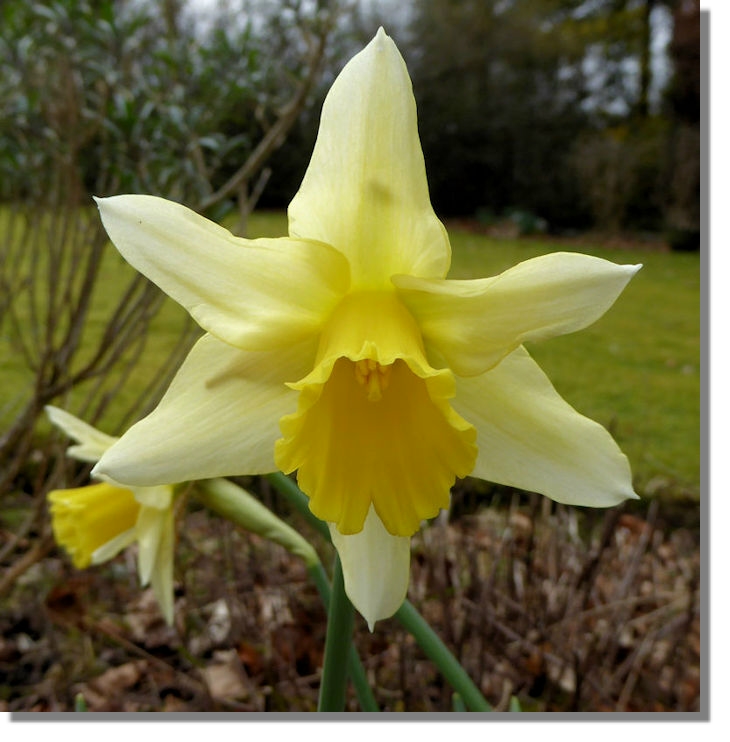Scottie's Photo Diary
- January to March 2016
Slideshow of a random selection of a few of the graphics below
Background
I never go anywhere in Scotland without my camera and I take photographs wherever I go. Sometimes I go somewhere specifically to take photographs with a view to adding another page to the Rampant Scotland site. On other occasions I just see something that makes an attractive picture or else it's another graphic to add to the library to perhaps use on a future occasion. On other occasions I just see something that makes an attractive picture or else it's another graphic to add to the library to perhaps use on a future occasion. It thus forms a pictorial diary of my travels which can be shared by everyone!This is a selection of photographs I took in January to March 2016.
Botanic Gardens, Kelvingrove, Glasgow
The "Kibble Palace" glass house with its central, circular glass dome has been in the Botanic Gardens since 1873. It was originally designed by John Kibble for his home at Coulport on Loch Long in the 1860s,but was brought up the River Clyde by barge to the Botanic Gardens and re-erected at its current location. In 2004 a £7 million restoration programme involved the complete dismantling of the Palace for specialised repair and conservation. The plant collection was removed completely for the first time ever and the ironwork was rebuilt over a rearranged floor plan.
The Kibble Palace has a number of sculptures in addition to the plant displays. But this is the only sculpture made of wood - in the shape of a black rose.
I'm sure I've taken many photos of roses that looked better than this one - but this is the first one I've ever taken in the open air in January! There is some slight frost damage on the petals but the milder than usual winter meant that it was still more or less complete.
The heated greenhouses contain a wide variety of plants including this vividly coloured Poinsettia (Euphorbia pulcherrima). The species is indigenous to Mexico and is widely used in Christmas floral displays. It derives its common English name from Joel Roberts Poinsett, the first United States Minister to Mexico, who introduced the plant to the US in 1825. The flaming red parts of the plant are not petals but bracts, a specialised leaf.
Cyclamen are popular in the UK and Scotland both as a house plant and in the garden. They come in a wide variety of colours.
Grey squirrels were initially brought in to the UK from eastern North America. In places like the Botanic Gardens, they are fed by visitors and as a result have become relatively tame.
This is a "Wollemi pine" tree. The plant label says that it is one of the world's oldest and rarest tree species belonging to a 200 million-year-old plant family. It was discovered in 1994 in Wollemi National Park near Sydney, Australia and was described as the "botanical find of the century" as it was believed to be extinct and only known through fossil records. They were thought to be widespread across Gondwana an ancient super continent that existed before Australia broke off from Antarctica. The oldest Wollemi Pine fossil dates back 90 million years and the plant may have existed in the Jurassic period 200 million years ago. Note that the circular object is not part of the tree but circular lighting.
Kalanchoe is a family of succulent flowering plants, mainly native to the Old World. It is cultivated as an ornamental houseplants and garden plant. They are popular because of their ease of propagation, low water requirements, and wide variety of flower colours typically borne in clusters.
Aechmea comes from Mexico through South America. The name comes from the Greek “aichme” (a spear).
Burrell Collection, Pollok County Park, Glasgow
The Burrell Collection is an art collection in the city of Glasgow, situated in Pollok Country Park on the south side of the city. The collection was acquired over many years by Sir William Burrell, a wealthy Glaswegian shipping magnate and art collector, who then gave it to the city of Glasgow Corporation in 1944. The building is specifically tailored to house and display the diverse collection, with larger pieces such as Romanesque doorways built into the structure, at the same time giving views out into the park over formal grassed areas to the south, and into adjacent woodland to the north. The picture here shows the initial entrance hall with some of the sculptures in the collection.
Sir William was a keen collector of objects from China and many of these are shown in this display hall.
This gentleman is described as a "Chinese official" dating from the Ming dynasty.
These Chinese sculptures are labelled as "Chinese Polo Players"
The Warwick Vase is an ancient Roman marble vase with Bacchic ornament, discovered at Hadrian's Villa, Tivoli about 1771 by Gavin Hamilton, a Scottish painter-antiquarian and art dealer in Rome. The vase was found in the silt of a marshy pond in the villa's extensive grounds, where Hamilton had obtained excavation rights. It passed to Hamilton's nephew George Greville, 2nd Earl of Warwick, hence its identification.
Burrell collected doorways as well as smaller art items (the main entrance to the Burrell Collection is formed from another of his door collection). This one, inside the building is described as "a French portal".
Three rooms from the Burrell's home, Hutton Castle near Berwick-on-Tweed, complete with their furnishings have been reconstructed within the building - this is one of them.
This is a 16th century French window which has been rebuilt so that visitors can look through it to the objects displayed in the room beyond.
Hogganfield Loch, Glasgow
There are a number of herons resident at Hogganfield Loch which is on the eastern boundary of Glasgow. The loch is a designated "site of scientific interest" due to the large number of birds that are either resident or that stop-over on their migration routes. This heron was intent on watching the water and was unconcerned by the walkers passing by the small pond. Its patience was rewarded when it its head suddenly darted forward and returned with its afternoon tea in its beak.
Thanks to zoom lenses on even compact cameras these days I was able to get this close-up shot of the heron without going too close.
The black head and neck with a white "chinstrap" distinguish this bird as a Canada goose. While they are not rare in Scotland they are far less common than the Graylag geese. Canada Geese are native to Arctic and temperate regions of North America but migrate to northern Europe.
This attractively coloured duck is a Pochard. The bright reddish-brown head, black breast and tail and a pale grey body shows that it is a male pochard. These birds seem to sleep a lot and often have their heads tucked away out of sight!
It's always a delight to see the Great Crested Grebes returning in the spring. They meet up with their mates and renew their relationship with an elaborate "courting dance". There are usually two or three pairs of great Crested Grebes at Hogganfield which is probably just as well as they are not great nest builders (they have a rudimentary "floating platform" and often lose their eggs before they are hatched).
Even though the hours of daylight are lengthening, we sometimes gat to Hogganfield rather late in the afternoon but on occasions that can provide a nice sunset picture!
The swans and the setting sun reflected on the water add to the beauty of the picture
Although I've been using digital cameras for nearly 20 years I am often surprised at the way a compact digital camera carried in my pocket can take hand-held pictures in low light which are quite sharp - the moon is 240,000 miles away after all!
My Own Garden, East Dunbartonshire
It's always good to see the spring bulbs coming up to remind us that spring is just round the corner. The snowdrops are first to appear - at least this year they weren't having to cope with any major snow falls in the West of Scotland.
After the snowdrops, it's the crocus that create a multi-coloured spectacle, especially when the sun comes out. Even in February and certainly in March there are bees and other insects buzzing around these flowers as well as the winter-flowering heather.
Different varieties of hether flower at different times of the year. This one, which grows near the front steps of the house has been flowering for a month or two now and not far away a whhite heather shines out like a beacon!
These crocus bulbs have been growing in this location for many years and they have produced more and more flowers each Spring.
As we get into March the daffodils come into bloom as well - we just have to hope that there are not any gales to come along and flatten them!
If you want to read the other Diary entries going back to 2009, there is an Index page.
